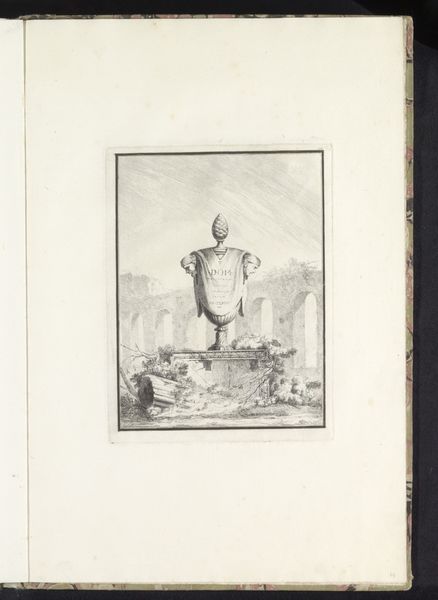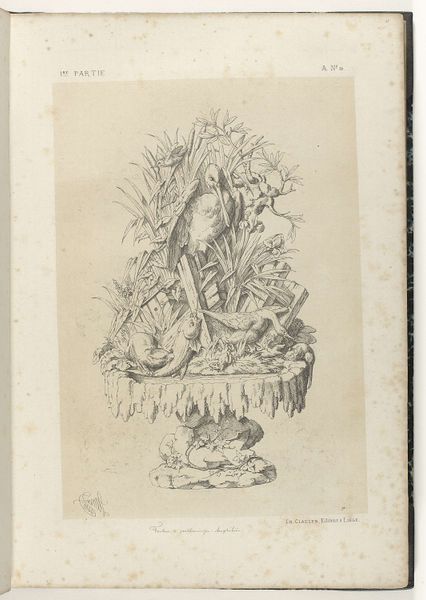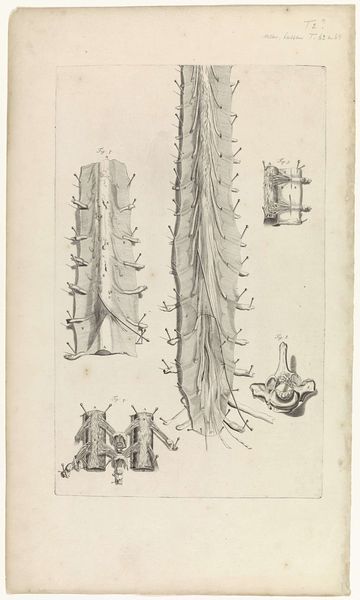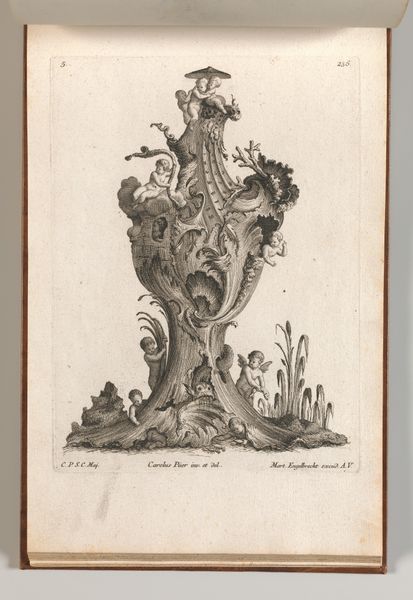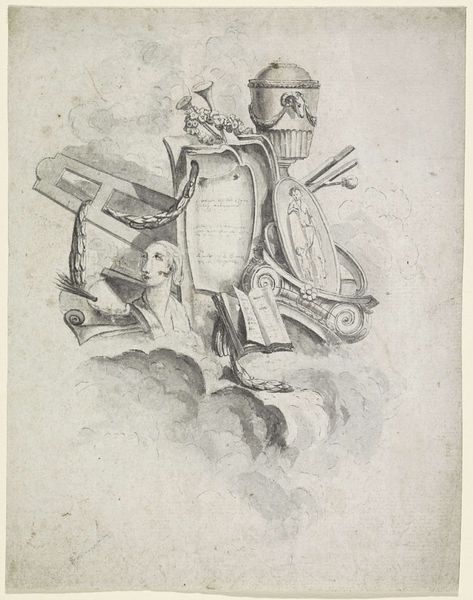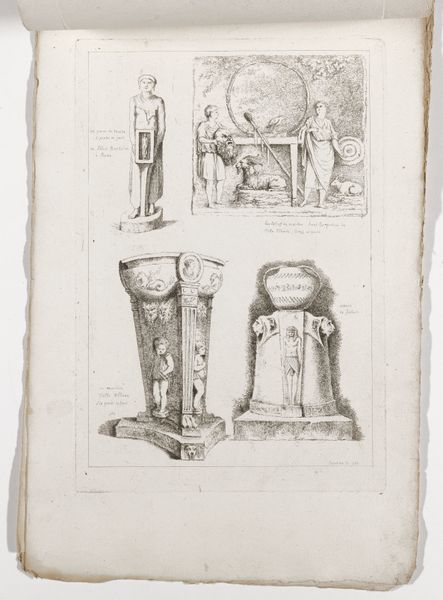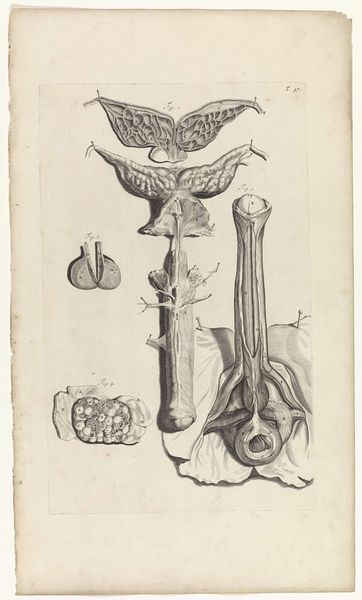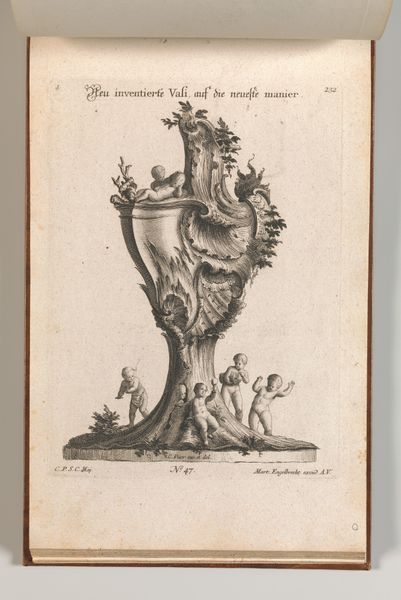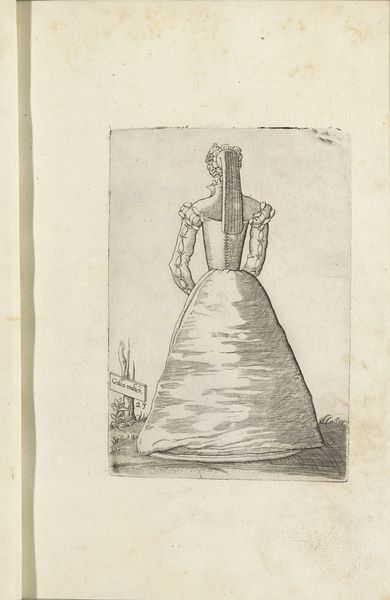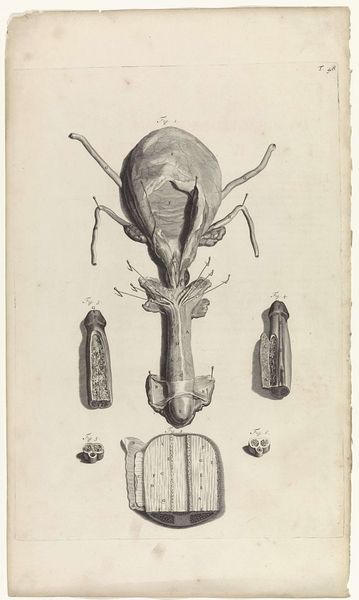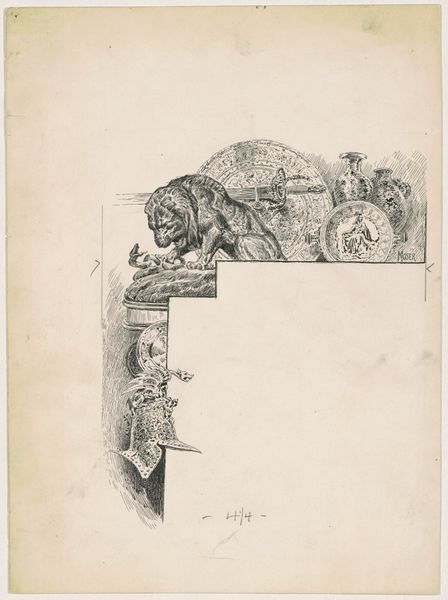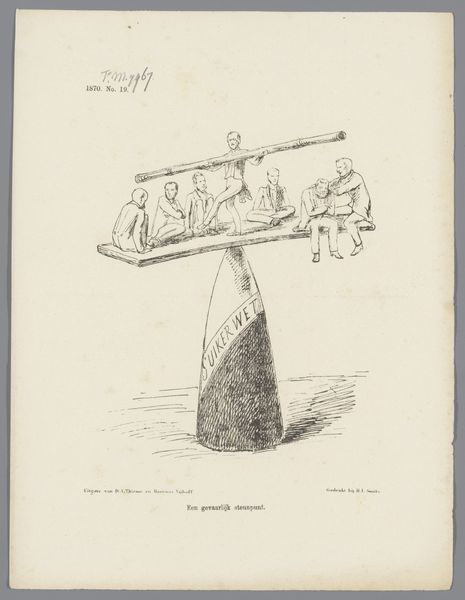
#
aged paper
#
toned paper
#
light pencil work
#
pencil sketch
#
sketch book
#
personal sketchbook
#
sketchbook drawing
#
watercolour illustration
#
sketchbook art
#
watercolor
Dimensions: height 150 mm, width 92 mm
Copyright: Rijks Museum: Open Domain
Editor: So, here we have "Galla mulier," made before 1558 by Enea Vico, housed at the Rijksmuseum. It’s a small watercolor on aged paper, depicting the back view of a woman. The shape of her dress is so striking; it looks almost conical. What do you see in this piece? Curator: What strikes me immediately is the inscription “Galla mulier,” or "Gallic woman". It situates the image within a context of national identity and perhaps stereotypes prevalent during the 16th century. How did Vico, an Italian artist, perceive and represent women from Gaul, or France? Was it meant to document fashion, or does it convey more subtle socio-political commentary about French women? Editor: That’s interesting, I hadn't even noticed the sign at first. Is it common to label people of different nationalities? Curator: Absolutely. Remember, the 16th century was a time of increasing nationalism, but also intense cross-cultural exchange, fueled by expanding trade and exploration. These kinds of labels highlight perceived differences and, at times, prejudices. The dress itself – the silhouette, the materials used – tells a story. Can we say this woman would belong to upper classes? Editor: For sure. Based on the volume of the dress, the layers of fabric... she must be wealthy. I suppose the choice of representing the woman from the back, with her identity somewhat obscured, could speak to the representation, maybe even objectification, of foreign women in art? Curator: Exactly. We must ask ourselves who this image was made *for*, and what messages it may have subtly encoded for its original audience. Was this for an elite circle interested in fashion? Perhaps this artwork participated in broader social practices and systems of representation beyond the aesthetic value. Editor: I never considered the national implications of just a simple sketch of a dress before! Thanks for pointing all this out, there's so much history embedded here. Curator: Indeed, context transforms our interpretation and adds a powerful layer of historical understanding.
Comments
No comments
Be the first to comment and join the conversation on the ultimate creative platform.
